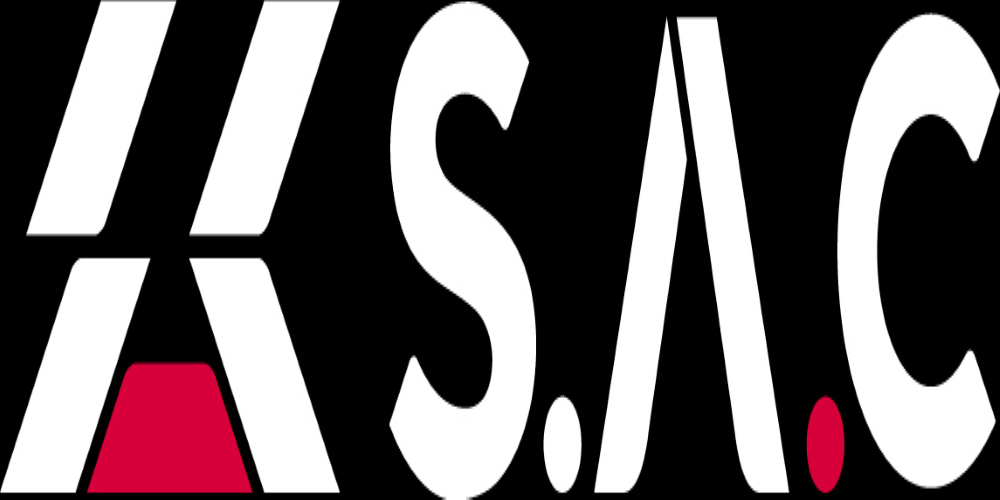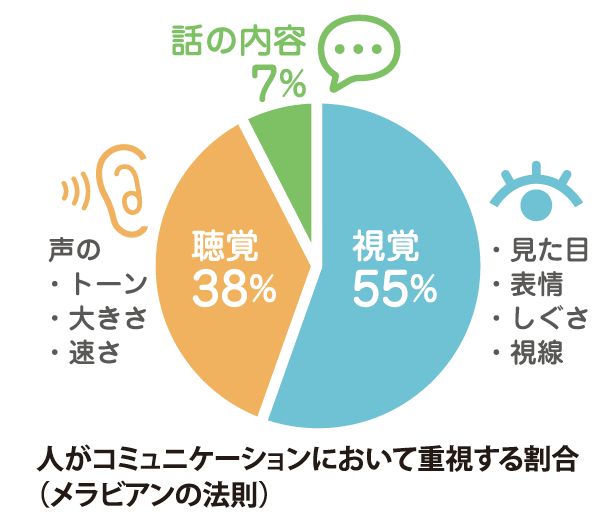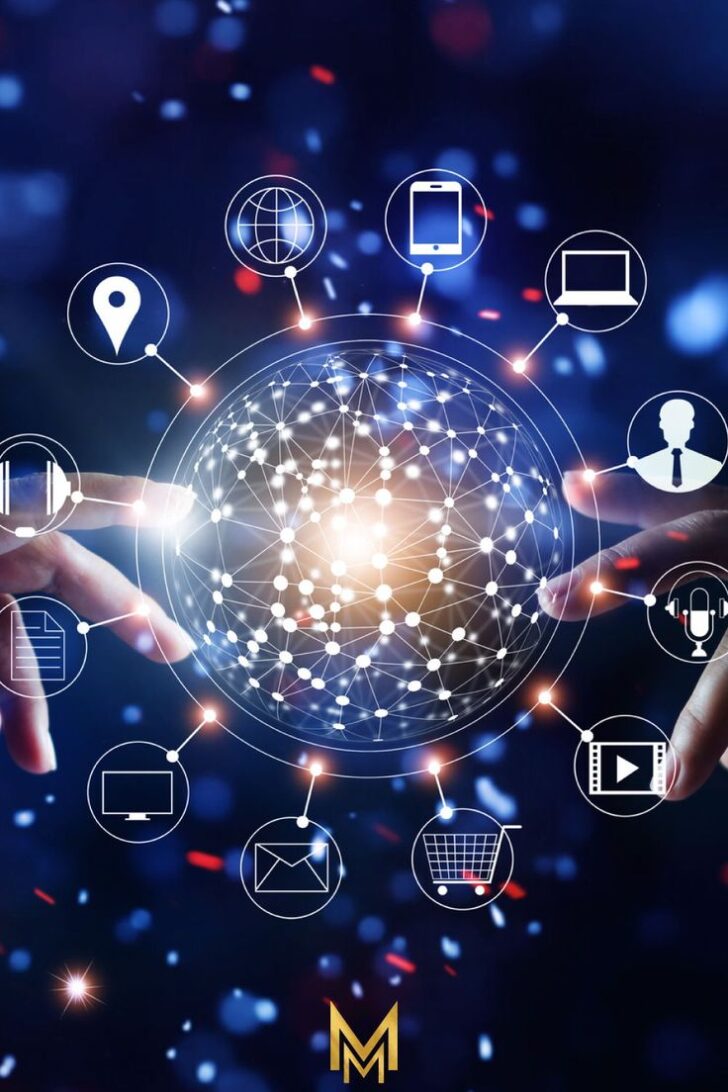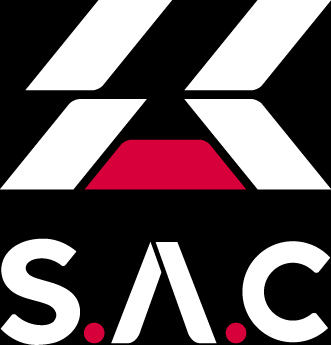プラシーボ効果: 期待がもたらす癒しの力
1. プラシーボ効果とは何か?
プラシーボ効果とは、有効成分を含まない薬や治療法(プラシーボ)を投与されたにもかかわらず、患者が症状の改善や治癒を実感する現象を指します。これは、薬や治療そのものの効果ではなく、患者の期待や信念、心理的な要因が身体に影響を及ぼすことで生じると考えられています。
2. プラシーボ効果のメカニズム
プラシーボ効果のメカニズムは完全には解明されていませんが、いくつかの要因が関与していると考えられています。
- 期待と信念: 患者が薬や治療法に効果があると信じている場合、脳内で神経伝達物質(ドーパミン、エンドルフィンなど)が分泌され、痛みの軽減や気分の高揚などの効果が生じることがあります。
- 条件付け: 過去に薬や治療法で効果を実感した経験があると、類似の状況でプラシーボ効果が生じやすくなります。これは、特定の刺激と身体反応が結びつく条件付け学習によるものです。
- 医師と患者の関係: 医師が患者に対して共感的で信頼できる態度を示すことで、プラシーボ効果が高まることが示唆されています。これは、医師への信頼が患者の期待感を高め、治療効果への信念を強化するためと考えられます。
- 社会的文脈: 治療を受ける環境や周囲の人々の態度もプラシーボ効果に影響を与えます。例えば、清潔で快適な病院で治療を受ける場合や、周囲の人々が治療に肯定的な態度を示す場合、プラシーボ効果が高まる可能性があります。
3. プラシーボ効果の具体例
プラシーボ効果は、様々な症状や疾患において観察されています。
- 疼痛: プラシーボは、慢性疼痛、術後疼痛、頭痛、関節炎などの痛みの軽減に効果を示すことがあります。これは、プラシーボによって脳内 opioid システムが活性化し、鎮痛効果が生じるためと考えられています。
- 気分障害: うつ病や不安障害の患者においても、プラシーボ投与によって症状が改善することがあります。これは、プラシーボが脳内の神経伝達物質のバランスに影響を与え、気分を改善するためと考えられています。
- 免疫機能: プラシーボは、免疫機能にも影響を与える可能性があります。例えば、プラシーボワクチンを接種することで、免疫反応が誘導されることが報告されています。
- その他: プラシーボ効果は、パーキンソン病、過敏性腸症候群、不眠症、アレルギー症状など、様々な疾患においても観察されています。
4. プラシーボ効果の応用
プラシーボ効果は、医療現場において積極的に活用されています。
- 薬物療法との併用: プラシーボ効果は、薬物療法の効果を高めるために利用されることがあります。例えば、医師が患者に対して薬の効果について積極的に説明することで、プラシーボ効果を誘導し、薬物療法の効果を最大限に引き出すことができます。
- 心理療法との併用: プラシーボ効果は、心理療法の効果を高めるためにも利用されます。例えば、認知行動療法とプラシーボを組み合わせることで、患者の症状改善を促進することができます。
- 代替医療: プラシーボ効果は、鍼灸、マッサージ、ハーブ療法などの代替医療においても重要な役割を果たしています。これらの治療法の効果の一部は、プラシーボ効果によるものと考えられています。
5. プラシーボ効果に関する倫理的問題
プラシーボ効果の利用には、いくつかの倫理的問題が伴います。
- インフォームド・コンセント: 患者にプラシーボを投与する場合、事前にその旨を説明し、同意を得ることが必要です。しかし、プラシーボ効果は患者の期待に依存するため、事前にプラシーボであることを開示すると効果が減弱する可能性があります。
- 偽薬の使用: プラシーボ効果を誘導するために偽薬を使用することは、患者の自律性を侵害する可能性があります。また、偽薬の使用は、患者と医師の関係性を損なう可能性もあります。
- 治療効果の誇大評価: プラシーボ効果を過大評価することは、科学的な根拠に基づかない治療法の普及につながる可能性があります。
6. プラシーボ効果の今後の展望
プラシーボ効果のメカニズムに関する研究は進展しており、将来的には、プラシーボ効果をより効果的に活用するための方法が開発されることが期待されます。また、プラシーボ効果に関する倫理的問題についても、さらなる議論が必要です。
7. まとめ
プラシーボ効果は、患者の期待や信念が身体に影響を及ぼすことで生じる現象であり、様々な症状や疾患において観察されています。プラシーボ効果は、医療現場において積極的に活用されていますが、倫理的問題にも配慮する必要があります。今後の研究によって、プラシーボ効果のメカニズムがさらに解明され、より効果的な活用方法が開発されることが期待されます。
キーワード: プラシーボ効果、期待、信念、心理的要因、神経伝達物質、条件付け、医師と患者の関係、社会的文脈、疼痛、気分障害、免疫機能、薬物療法、心理療法、代替医療、倫理的問題、インフォームド・コンセント、偽薬、治療効果の誇大評価
The Placebo Effect: The Healing Power of Expectation
1. What is the Placebo Effect?
The placebo effect refers to the phenomenon where patients experience an improvement or cure in their symptoms despite being administered a drug or treatment that contains no active ingredients (a placebo). This is thought to occur not because of the drug or treatment itself, but due to the patient’s expectations, beliefs, and psychological factors influencing their body.
2. Mechanisms of the Placebo Effect
The mechanisms behind the placebo effect are not fully understood, but several factors are thought to be involved:
- Expectations and Beliefs: When a patient believes that a drug or treatment will be effective, their brain may release neurotransmitters (such as dopamine and endorphins), which can lead to pain relief, mood elevation, and other effects.
- Conditioning: If a patient has experienced positive effects from a drug or treatment in the past, they are more likely to experience a placebo effect in similar situations. This is due to conditioned learning, where specific stimuli become associated with bodily responses.
- Doctor-Patient Relationship: Studies suggest that when a doctor displays empathy and trustworthiness towards a patient, the placebo effect can be enhanced. This is because trust in the doctor can increase the patient’s expectations and strengthen their belief in the treatment’s effectiveness.
- Social Context: The environment in which treatment is received and the attitudes of those around the patient can also influence the placebo effect. For example, the placebo effect may be stronger when treatment is received in a clean and comfortable hospital or when surrounding people show a positive attitude toward the treatment.
3. Concrete Examples of the Placebo Effect
The placebo effect has been observed in various symptoms and diseases.
- Pain: Placebos can be effective in reducing pain associated with chronic pain, postoperative pain, headaches, and arthritis. This is thought to be because placebos activate the brain’s opioid system, leading to an analgesic effect.
- Mood Disorders: Patients with depression or anxiety disorders may also experience symptom improvement after receiving a placebo. This is believed to be due to the placebo’s influence on the balance of neurotransmitters in the brain, leading to improved mood.
- Immune Function: Placebos may also affect immune function. For example, there have been reports of immune responses being induced by placebo vaccinations.
- Others: The placebo effect has also been observed in various other conditions, such as Parkinson’s disease, irritable bowel syndrome, insomnia, and allergies.
4. Applications of the Placebo Effect
The placebo effect is actively utilized in the medical field.
- Combined with Drug Therapy: The placebo effect can be used to enhance the effectiveness of drug therapy. For instance, a doctor actively explaining the effects of a medication to a patient can induce a placebo effect, maximizing the benefits of the drug treatment.
- Combined with Psychotherapy: The placebo effect can also enhance the effectiveness of psychotherapy. For example, combining cognitive-behavioral therapy with a placebo can facilitate symptom improvement in patients.
- Alternative Medicine: The placebo effect plays a significant role in alternative medicine practices such as acupuncture, massage, and herbal therapy. Part of the effectiveness of these treatments is believed to be attributable to the placebo effect.
5. Ethical Considerations Regarding the Placebo Effect
The use of the placebo effect raises several ethical concerns.
- Informed Consent: When administering a placebo to a patient, it is necessary to explain this beforehand and obtain their consent. However, since the placebo effect relies on the patient’s expectations, disclosing that it is a placebo beforehand may diminish its effectiveness.
- Use of Deceptive Drugs: Using deceptive drugs to induce a placebo effect can violate a patient’s autonomy. Additionally, it can damage the relationship between the patient and the doctor.
- Overestimation of Treatment Effects: Overestimating the placebo effect can lead to the spread of treatments that lack scientific evidence.
6. Future Prospects of the Placebo Effect
Research on the mechanisms of the placebo effect is progressing, and it is expected that in the future, methods for utilizing the placebo effect more effectively will be developed. Further discussion is also needed on the ethical issues surrounding the placebo effect.
7. Conclusion
The placebo effect is a phenomenon where a patient’s expectations and beliefs influence their body, and it has been observed in various symptoms and diseases. While actively utilized in the medical field, the placebo effect requires careful consideration of ethical concerns. Future research is expected to further elucidate the mechanisms of the placebo effect and lead to the development of more effective ways to utilize it.
Keywords: placebo effect, expectations, beliefs, psychological factors, neurotransmitters, conditioning, doctor-patient relationship, social context, pain, mood disorders, immune function, drug therapy, psychotherapy, alternative medicine, ethical concerns, informed consent, deceptive drugs, overestimation of treatment effects
【一言】
食事が一番
日本食は日本人に合ってるよ
◆原因1-錯誤帰属
人間の認知について知ることが必要です。1つ生理的喚起、2つ因果関係の理解が必要です。
感情の理解、例えば喜びや悲しみは、体に起こっている変化と目の前で起こっている場面がむずび付き起こります。
上記の実験では、患者は覚醒するという生理的喚起を薬と結びつけました。不眠の原因が自分にないと感じ、安心して睡眠をとれたのです。
この現象は、実際の生理的喚起と、それを起こしている対象がうまく結びついていないことを意味します。これを錯誤帰属と呼びます。
◆原因-思い込み
思い込みが人の認知に大きく作用するということです。プラシーボ効果が必ず起こるわけではありません。起こる際には、医者と患者の関係性、医者への信頼、薬への信頼感の相関関係が大きく認知につながります。
実際に効果の無い薬が効果があるようじ作用した原因です。
そして、この逆はノーシーボ効果といいます。










